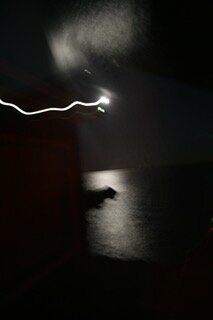Nancy Smith
Nancy Smith
Thoughts regarding Tai chi:
In the five plus years that Chris and I have been studying Tai chi with Ben, we have often remarked on how the things he says in class resonate with our experience as practicing artists. It is hard now to look back on that time when we were in “beginners mind”, but I would say that in both practices a willingness to give over to the process, and to allow the process to evolve over time, has been core. As artists this kind of faith in process is essential to making work. We both know from experience that it takes a long time (the proverbial 10,000 hours) of making the gesture to have the gesture become so much a part of us that we no longer have to focus our attention directly on it.
For me, in order to know what it is I want to make, I have to be able to tolerate a time of not knowing. Those times can be very uncomfortable, and it is easy to distract from the discomfort. It helps me to compare those times to Ben’s teaching about Yin/Yang, how space must be created in order for the creative thought or action to emerge.
In another part of our lives we were taught about the concept of goal/no goal in which a goal is held lightly so that conscious energy can be directed toward it, but space is allowed for the goal to be met in its own time. While we know we will not ever do the form as we have seen Ben do it, we can hold that goal lightly as we visualize where we want to go with our own practice of Tai chi. In my mind that stance allows the space to both be where we are, and also be moving toward a more accomplished practice.
In making sculpture, I always try my best to make the piece that I am visualizing. Sometimes that means pushing, using all my skills and experience to get something going, but the happiest times are when I forget everything I know and go into the “zone” where hand, eye, and mind are working seamlessly as one in a kind of deep meditative state. I think athletes experience this as well, a time when everything you have learned and trained for just flows. Every time we do the form it is slightly different, and that creates the desire to do it again so that sometimes we also can be “in the zone” with the form. Like making art, there are technical demands which must be studied and met where we can, but we aspire to be in the place where we can let that go and just move with the energy of the form.
Finally, Ben talks about attentive curiosity as applied to our practice. I’ve realized recently that it is also curiosity that drives me into the studio. I see something in my mind and wonder if I can make it real. It is a great place to begin.









